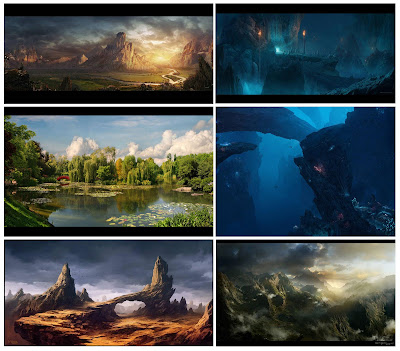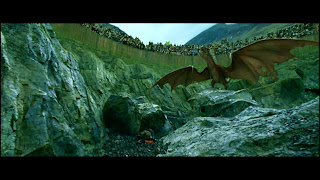Disney are well known for their adaptations and "Disney Princesses". Over their long history they have adapted several of the most famous fairy tales, including:
- Snow White and the Seven Dwarves, 1937
- Cinderella, 1950
- Sleeping Beauty, 1959
- The Little Mermaid, 1989
- Beauty and the Beast, 1991
- The Princess and the Frog, 2009
- Tangled, 2010
Disney have always been famed for their adaptations of fairy tales, although they have been controversial amongst some fairy tale fanatics. The stories are usually glammed up and with, as you might expect, happy endings. However, fans of the original Grimm tales often think the narratives have been cleaned up in order to better appeal to audiences, as many of the original stories contained violence, gore and sexual innuendos. These stories created some uproar when originally printed in 1812; people believed the stories were unsuitable for their child audience. This lead to some editorial changes surrounding the evil mothers (later to be known as step-mothers) and a pregnancy reference in Rapunzel to be cut. Despite this, it has been said that the violence, particularly towards villains was increased.
It is clear why Disney have re-written these narratives to create wholesome family viewing, with good morals. Obviously, controversy would not do the films good in terms of box office sales and ancillary products, which we know have made Disney millions over the years!
However, they have not always been free of controversy. Their 2009 release The Princess and the Frog was greeted with some negative press due to the supposed stereotyping of New Orleans black women, through the character of Tiana. Some felt strongly against the writing of a black character by white people. The film was also criticised by Christian groups and others for its use of Louisiana voodoo as a plot device.
Despite this lapse in customer support, the film received excellent reviews from critics and Disney is still as popular as ever! Although they have reportedly made their last fairy tale adaptation, Disney will continue to make noteworthy films for many years to come.


















































